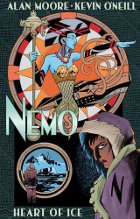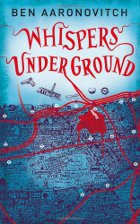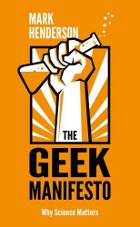A lot of Doctor Who related reading this year, what with it being the 50th anniversary and everything there was a lot available to read.
Available as a poll over on Live Journal (you don’t need an LJ account to vote, just an OpenID account which means an account from WordPress.com, Google, Yahoo, Blogger, etc.)
Doctor Who
- Dark Horizons by J.T. Colgan
- Devil in the Smoke by Justin Richards
- About Time Volume 7: 2005-2006 Series 1 & 2 by Tat Wood
- TARDIS Eruditorum Volume 2: Patrick Troughton by Philip Sandifer
- TARDIS Eruditorum Volume 3: Jon Pertwee by Philip Sandifer
- The Doctor’s Monsters by Graham Sleight
- Who-ology by Cavan Scott
- Time & Space Visualiser by Paul Smith
- Star Trek: The Next Generation / Doctor Who: Assimilation 2 Volume 1
- Star Trek: The Next Generation / Doctor Who: Assimilation 2 Volume 2
- Nemesis of the Daleks
Graphic Novels
- Nemo: Heart of Ice by Alan Moore
- Fables Volume 18: Cubs in Toyland
- Fables Volume 19: Snow White
- The Invincible Iron Man: The Five Nightmares
- John Constantine Hellblazer: Death and Cigarettes
- Justice League Volume 1: Origin
- Demon Knights Volume 2: The Avalon Trap
- Stormwatch Volume 2: Enemies of Earth
- Stormwatch Volume 3: Betrayal
- Secret History of the Authority: Hawksmoor
- Willow Volume 1: Wonderland
- Buffy the Vampire Slayer Season 9 Volume 3: Guarded
- Buffy the Vampire Slayer Season 9 Volume 4: Welcome to the Team
- Weasels by Elys Dolan
Fiction
- Broken Homes by Ben Aaronovitch
- Best Served Cold by Joe Abercrombie
- Stonemouth by Iain Banks
- Zoo City by Lauren Beukes
- The Other Hand by Chris Cleave
- London Falling by Paul Cornell
- 1356 by Bernard Cornwell
- The Iron King by Maurice Druon
- Flashman and the Angel of the Lord by George MacDonald Fraser
Non-Fiction
- Raw Spirit: In Search of the Perfect Dram by Iain Banks
- Prime Minister Boris… and other things that never happened by Duncan Brack and Iain Dale
- All the Countries We’ve Ever Invaded: And the Few We Never Got Round To by Stuart Laycock
- Supergods: Our World in the Age of the Superhero by Grant Morrison
- A Radical History of Britain by Edward Vallance









